Eating in Shropshire
There’s a persistent myth that the food in England is bad.
Well … years ago, such assertions might have had a basis in truth, such as the joke my friend Peter told me upon returning from having spent his junior year of college in London: “How does every English recipe begin? ‘First you bring the water to a rolling boil …'” Boiled meats, yeah, not so much.
A lot has changed since then. Over the past few decades many British cooks and chefs have been training in Europe and learning how to better use the wealth of wonderful ingredients that they’ve always had — beef, lamb, cheese and more. Sure, it’s possible to get bad food in England, but it’s possible to get bad food in Paris (and New Orleans, for that matter).
The myth reared its head quite frequently upon our return from Europe last month when I told friends how wonderful all the food was, not only in Paris and Barcelona but in England as well. I’m happy to continue to dispel that myth today.
A while back we went over the fab food we had in London, and it only got better when we left after a day and a half in London to drive out to the rural west with John and Fiona to their home in Shropshire near the Welsh border.
At breakfast time Fiona didn’t mess around. She knew who she had in their house.
Not one, not two but THREE kinds of Welsh bacon! Dry cured back bacon and streaky bacon from Llandinham, and smoked streaky bacon from Neuadd Fach Baconry in Hyssington, about 20 minutes up the road into Wales. (I just want to keep saying the word “baconry.” In fact, I want a baconry for my birthday.) The back bacon was some of the best I’d ever had, meaty and tender, and the streaky was very much like some of the artisanal bacons we get over here. Wonderful stuff.
There was much touring around the area that day, primarily in the wonderful town of Ludlow, the primary town in their area. It’s a gorgeous little town with 900 years of history, lovely people, magnificent beer and some of the best food I’d had in ages. Ludlow sausage is famous countrywide, but their roast pork and fresh game is unparalleled. Fantastic little cheese shops and delis lined the streets, and there was a small but beautifully appointed farmer’s market that day as well. Good spirits were to be had, including lots of very local product. I decided that if I lived in Ludlow I could be happy, at the very least with eating and drinking. It’s unsurprising that it’s considered to have the best food and drink in the country (outside of London, or perhaps including London!).
Since we’re sticking to food on this post — Wes will soonadd one about the touring we did that day, I hope — let’s get right to afternoon tea, that most British of institutions. “Cream tea!” said Fiona, and I wasn’t entirely sure what that meant until we got to DeGrey’s Café on Broad Street in the town centre.
“Cream tea” specifically refers to the presence of Devonshire cream, or clotted cream, as a featured component of the meal, served with a scone and jam. There were different levels on the menu — you could just get tea, scone, jam and cream, or you could add on sandwiches and dessert. I invoked my Rationalization of Excess (“Well, I’m on vacation!”) and opted for the full monty.
First was the tea, of course. It’s essentially a bottomless pot, all you can drink (and folks over there can drink an awful lot of tea). Such a pleasure to drink tea in a country where they know how to make it. Ordering tea in the States is very much a hit-and-miss proposition. Next were the sandwiches — local ham from a Ludlow butcher, cheese and good old English mustard … crusts properly cut off, of course.
Next, the heart of the matter — a beautiful, buttery scone (this one containing currants), served with my choice of strawberry or blackcurrant jam. I went for the blackcurrant, as I can get strawberry jam at home anytime and blackcurrant’s not as common (plus the strawberries could never be as good as Ponchatoula ones, of course … heh). And, of course, a perfectly formed scoop of beautiful, glistening, unctuous Devonshire clotted cream.
That’s a minimum of 55% butterfat, boys and girls.
Let’s have a closer look.
That’s gorgeous.
I was instructed in the proper technique: one splits one’s scone, spreads the jam FIRST (because if you spread the cream first the jam will slide all over it and not adhere properly), then top with a thick layer of clotted cream. I’d say I did fairly well for a first-timer.
Hoo boy, that stuff is fantastic. It hovers delicately above that line that divides butter and cream, rich and sweet and thick and creamy yet without that “buttery” flavor that’d make it too rich to spread that much butter on anything. It’s magnificent stuff, ignoring the fact that it’s squarely in heart-attack-on-a-spoon territory.
I enjoyed this very much, but then Fiona showed me how one applies clotted cream to a scone properly. Apparently I didn’t put enough on. “One mustn’t allow the jam to show through the cream!”
Butterfat, shmutterfat! Pile it on!
As if this wasn’t enough, then the nice girl arrived with the dessert tray.
My … that’s an awful lot of cream. (Well, you did ask for “cream tea” now, didn’t you?)
I chose the least creamy of the batch, a lovely little cherry tart.
Oh yeah, that was covered in cream too. Just let go … succumb to the cream.
That provided just enough fuel for more touring around the town, a visit to St Laurence’s Church (dating back to 1199, although most of the church was rebuilt in the early 1400s) including a 200-step climb up a rather narrow staircase up to the top of the bell tower for some rather spectacular views of Ludlow.
We picked up a lot of loot in Ludlow too, most of which was edible (the painting and cufflinks, not so much) and ended up on the dinner table that night. Since we were in the Hoskins household we made Hoskins Cocktails, cracking open the two bottles of Torani Amer we brought (which should be enough for 38 cocktails, which should last them until we see them again at Jazzfest). Now, let’s get those hors d’oeuvres out.
You may be familiar with Scotch eggs, which are hard-boiled eggs wrapped in a sausage mixture, then breaded and deep-fried and usually served cold. They’re often a homemade picnic or snack food, but are frequently seen in pubs as well. I happen to like Scotch eggs a lot, but I had certainly never had this variation before. These were black pudding Scotch eggs, where the sausage on the outside was blood sausage. I was tremendously excited about this, as a longtime lover of Louisiana boudin noir and Spanish morcilla. The pudding came from one of Ludlow’s very talented butchers, and it was just as good as I thought it’d be — rich and intense and beautifully spiced.
There was another batch too …
… this one made with Ludlow sausage. That’s not one particular flavor, incidentally, like Creole hot sausage. There are dozens of varieties of sausages made in Ludlow’s “sausage trail” but I imagine this one is fairly representative. It’s a hell of a lot better than the Scotch eggs at our nearby English-style pubs (which are still pretty good, for Pasadena). There were also some mutton and rosemary sausages we picked up at the deli, plus some Ludlow salami and some of the marvelous Tyrrells potato chips, this flavor quite appropriately being Ludlow Sausage and Wholegrain Mustard. (I’m going to do a whole post about those chips sometime soon.)
The cocktails continued to flow … despite the chilly fall weather we decided to use some of the lovely limes we picked up, along with some of the Leblon Cachaça that was in their liquor cabinet, for Caipirinhas that went surprisingly well with the next dish.
Goose rillettes and a Caipirinha, who knew? The tartness helped cut through the rather high level of richness in the rillettes (usually duck or pork, but goose in this case, very English, chopped and cooked slowly in its own fat until it can be easily shredded and formed into a paste, kind of an informal pâté that’s either unformed or potted in small jars). I admit, it’s not much to look at, but thoroughly delicious. (Boy, we sure were eating a lot of fat that day … ahh, what the hell, we were on holiday!).
Given that we didn’t want to hear transatlantic cries of “Don’t sperl ya appetite!” we limited pre-prandial noshing to these, and soon after sat at the table for the main event.
Roast rack of venison with Damson sauce … oh my. Damsons are little plums that grow all over Europe and are quite plentiful in Shropshire, and the acidic/sweet fruit made an ideal sauce to help rein in the rich, gamy flavor of the venison. I loved it, although Fiona was a bit upset that it had gone over from medium-rare to medium (still fine for me.) Served with some roasted broccoli, carrots and onions, it was a hearty and wonderful dish. (Damson sauce! I want more!)
For our next course, I could hear the voice of Wallace in my head. “I know, Gromit … we’ll go someplace where there’s cheeeeeese!” That place would be at our dinner that night in rural Shropshire, as Fiona brought out some of the cheeses she’d picked up in Ludlow that day, and elsewhere.
Front to back, that’s Appleby’s Cheshire (one of the best Cheshires I’ve ever had), Cotherstone (semi-hard and tangy), Vacherin (beautiful, creamy French cow’s milk cheese that’s perfect for dessert), Smelly Apeth (a superb blue that’s got a brilliant name … lets me know exactly what I’m in for!) and Wrekin White (cow’s milk, creamy and nutty). The accompaniment was about as intoxicating as it can get without alcohol being involved …
Figs roasted with honey … mmmm.

There must be after-dinner drinks as well … in our case, three of them. One was a commercially made product from about two miles up the road, the others were made in-house.
On the left is Chilton Damson Gin, made from local Damsons steeped in Greenalls Gin in Lydbury North, about a 10 minute drive from John and Fiona’s. On the right, Fiona’s homemade sloe liqueur from last year’s batch. She picked the sloes herself, pricked them so that it’d infuse more thoroughly, soaked it in vodka, added sugar and aged it the rest of the year. So, so good. With this we had the remnants of the previous year’s bach of sloe gin (Plymouth base rather than vodka) — handmade local products, and the best way to finish off this meal.
It was pretty cold, but we walked outside into the pitch darkness and had a look at the Shropshire night sky. They’re pretty far from any big built-up towns, so there was very little if any light pollution. It was one of those fairly rare experiences for a city-dweller (especially one who dwells in Los Angeles), getting to see more than five stars in your sky. Probably the only place I had seen more was on a Scottish island, or in the middle of the desert.
In a beautiful country with great friends, great food, great drinks and the enormity of the Universe above you … that’s a hell of a way to spend an evening.

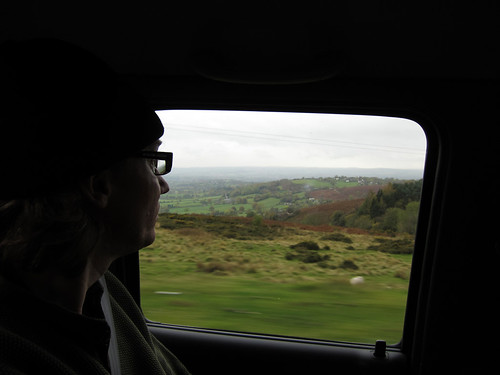

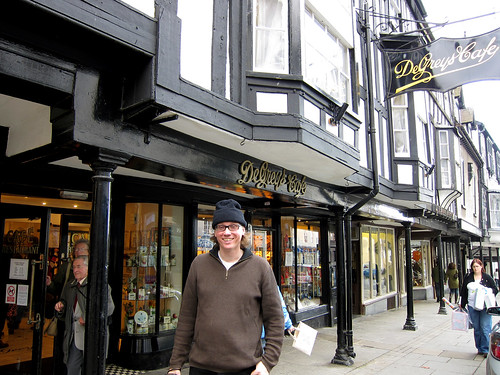

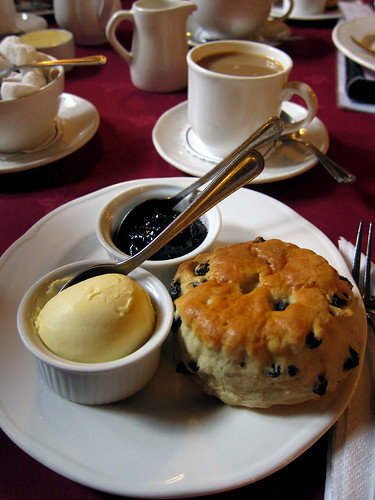
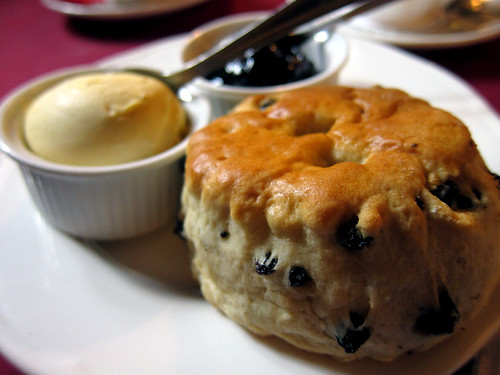
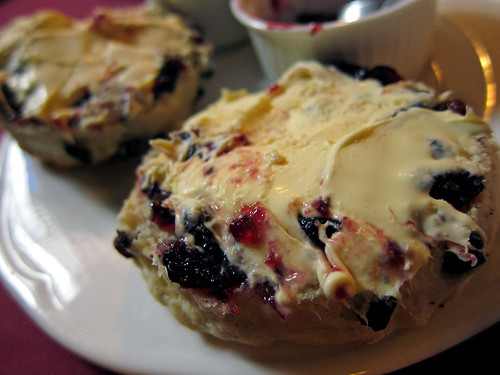

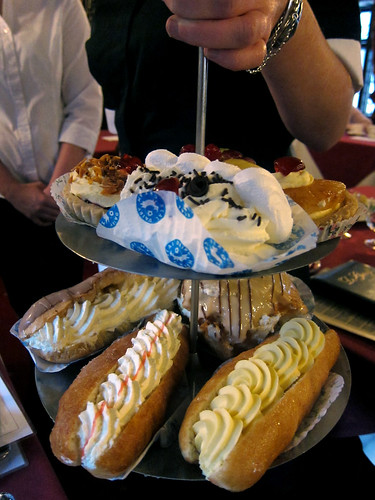
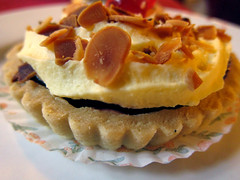

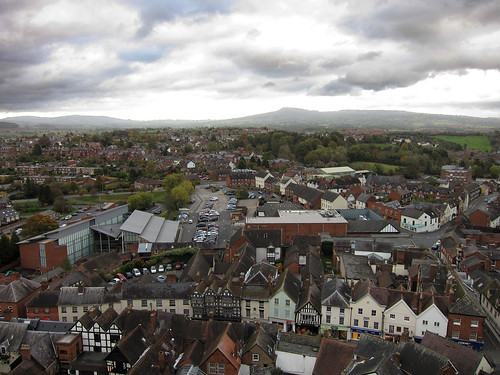
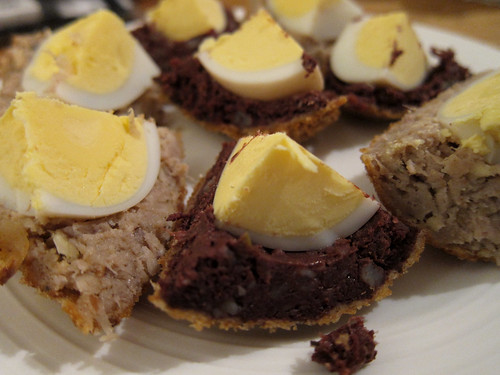
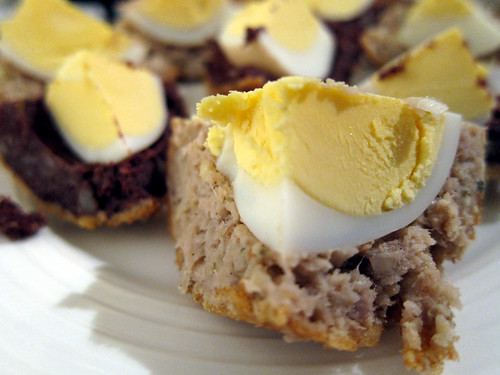
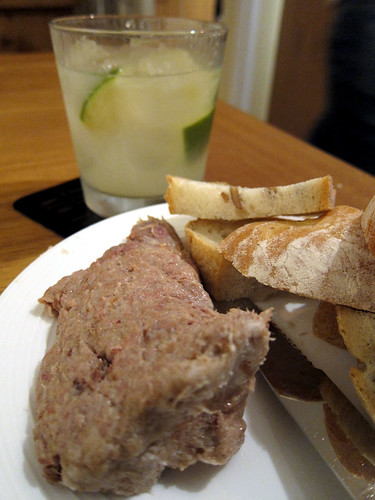
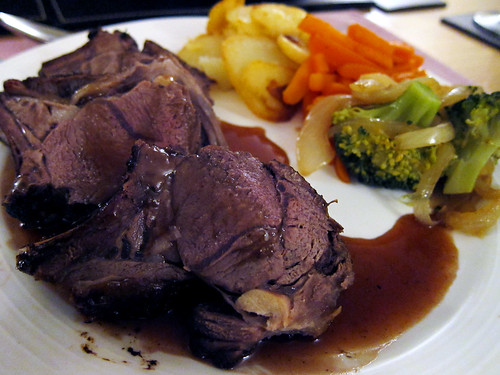


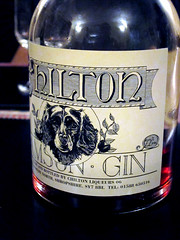
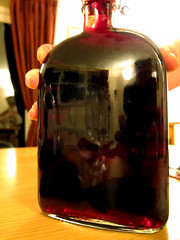
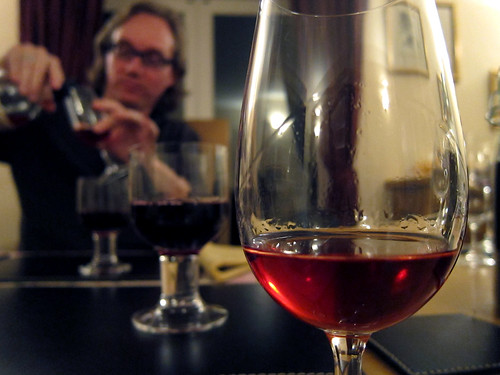






DebraDoherty said:
Jan 21, 10 at 4:27 amI LOVE this post. And I’ve been checking everyday for the UK updates. I love reading about your view of the UK and it’s food and drink as an outsider. You’ve really done us proud! Can’t wait for the next instalment!
SeanMike said:
Feb 07, 10 at 1:03 pmThis post made me very hungry.